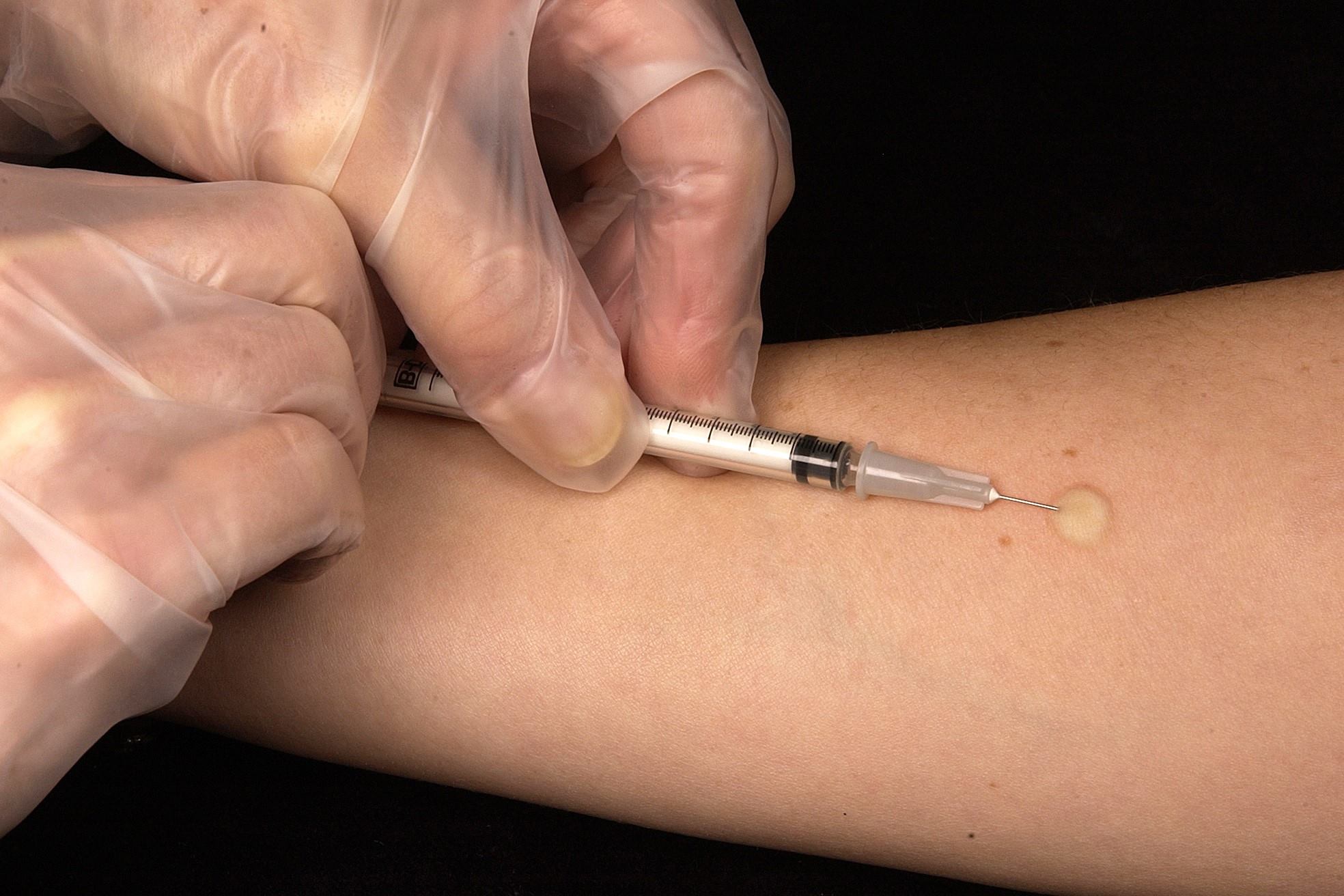
Ever wondered how doctors check for tuberculosis? The Mantoux test is a simple yet powerful tool used worldwide to detect this serious infection. Named after French physician Charles Mantoux, this skin test involves injecting a small amount of tuberculin into the skin. Within 48 to 72 hours, a healthcare professional checks the injection site for a reaction. A raised bump could indicate exposure to TB bacteria. But what does a positive result really mean? Is it a surefire sign of tuberculosis, or could there be other explanations? Let's dive into 50 fascinating facts about the Mantoux test to uncover its history, process, and significance.
Key Takeaways:
- The Mantoux test helps doctors find out if someone has been exposed to tuberculosis. It involves a small injection and reading the reaction on the skin after 48-72 hours.
- Factors like previous vaccinations and age can affect the Mantoux test results, so it's important to consider these when interpreting the test.
What is the Mantoux Test?
The Mantoux test is a diagnostic tool used to detect tuberculosis (TB) infection. It involves injecting a small amount of tuberculin purified protein derivative (PPD) into the skin and observing the reaction.
- Named after French physician Charles Mantoux.
- Developed in the early 20th century.
- Used worldwide to screen for TB.
- Involves a small injection under the skin.
- Results read 48-72 hours after injection.
- Measures the size of the raised bump (induration).
- Positive result indicates TB exposure, not necessarily active TB.
- Often used in conjunction with other tests for diagnosis.
- Safe for most people, including children.
- Can be repeated if necessary.
How the Mantoux Test Works
Understanding how the Mantoux test works helps in grasping its significance. The test relies on the body's immune response to the injected tuberculin.
- Tuberculin is a protein derived from the TB bacteria.
- Injection site is usually the forearm.
- A small needle is used for the injection.
- Creates a small, raised bump on the skin.
- Immune system reacts if TB bacteria are present.
- Reaction size is measured in millimeters.
- Induration, not redness, is measured.
- Larger induration suggests a positive result.
- No reaction usually means no TB exposure.
- False positives can occur, especially in vaccinated individuals.
Reading the Mantoux Test Results
Interpreting the results of the Mantoux test requires careful measurement and understanding of the patient's history and risk factors.
- Results read 48-72 hours post-injection.
- Induration size is measured with a ruler.
- Different cut-off points for different risk groups.
- 5mm or more may be positive in high-risk individuals.
- 10mm or more may be positive in moderate-risk individuals.
- 15mm or more may be positive in low-risk individuals.
- Positive result indicates TB exposure.
- Negative result usually means no TB infection.
- False negatives can occur in immunocompromised individuals.
- Requires trained healthcare professional for accurate reading.
Factors Affecting the Mantoux Test
Several factors can influence the results of the Mantoux test, making it essential to consider these when interpreting the results.
- Previous BCG vaccination can cause false positives.
- Recent TB infection may not show a reaction.
- Immunosuppressive drugs can affect results.
- HIV infection can lead to false negatives.
- Age can influence the immune response.
- Malnutrition can affect test results.
- Chronic diseases may alter immune response.
- Incorrect injection technique can lead to inaccurate results.
- Reading the test too early or too late can affect accuracy.
- Environmental mycobacteria exposure can cause false positives.
Importance of the Mantoux Test
The Mantoux test plays a crucial role in TB control and prevention, helping identify individuals who need further evaluation and treatment.
- Helps identify latent TB infections.
- Crucial for TB control programs.
- Assists in preventing the spread of TB.
- Used in contact tracing during TB outbreaks.
- Helps in monitoring TB trends in populations.
- Essential for TB screening in healthcare workers.
- Important for TB screening in high-risk populations.
- Aids in early detection and treatment of TB.
- Contributes to global TB eradication efforts.
- Supports public health initiatives aimed at reducing TB incidence.
Final Thoughts on the Mantoux Test
The Mantoux Test remains a crucial tool in diagnosing tuberculosis. Knowing its history, procedure, and interpretation can help you understand its importance in public health. This test, developed over a century ago, continues to save lives by identifying latent TB infections. Remember, a positive result doesn’t always mean active TB; it indicates exposure to the bacteria. Always consult healthcare professionals for accurate diagnosis and treatment options.
Understanding the Mantoux Test can empower you to make informed decisions about your health. Whether you're a medical professional, a student, or just curious, these facts provide a solid foundation. Stay informed, stay healthy, and keep learning. The more you know, the better equipped you'll be to navigate the complexities of health and wellness.
Frequently Asked Questions
Was this page helpful?
Our commitment to delivering trustworthy and engaging content is at the heart of what we do. Each fact on our site is contributed by real users like you, bringing a wealth of diverse insights and information. To ensure the highest standards of accuracy and reliability, our dedicated editors meticulously review each submission. This process guarantees that the facts we share are not only fascinating but also credible. Trust in our commitment to quality and authenticity as you explore and learn with us.
